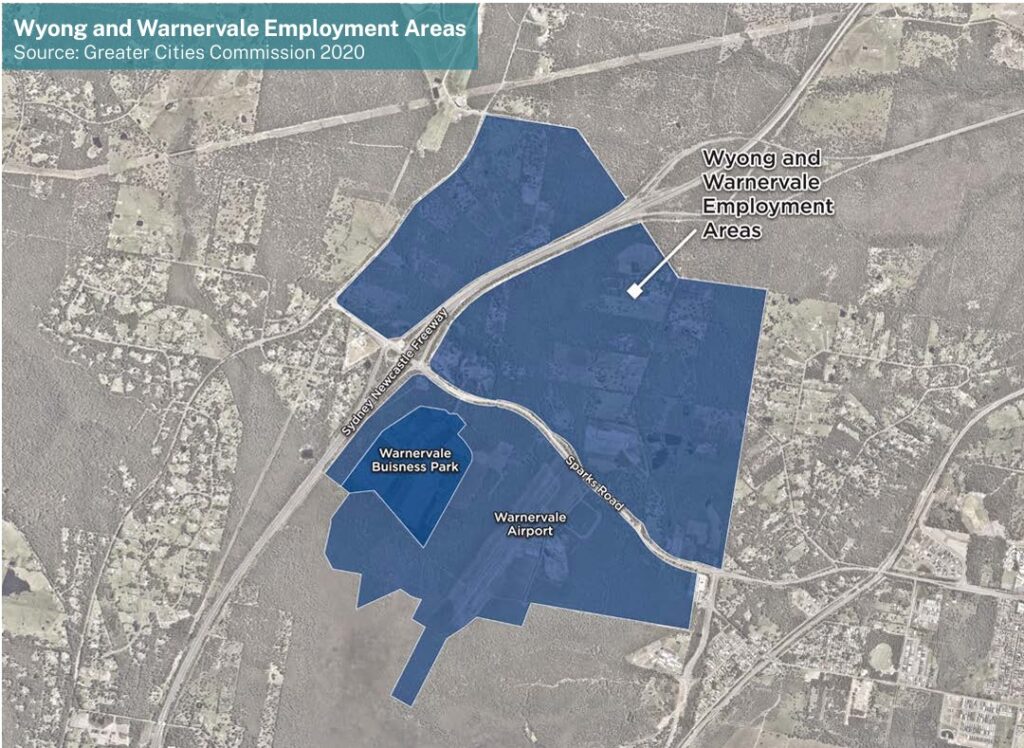February 2 was World Wetlands Day, a day to raise global awareness of the important role wetlands play in protecting critical ecosystems and biodiversity but, according to the Community Environment Network (CEN), Central Coast Council’s track record on protecting local wetland is “shameful”.

“Wherever land meets water, life abounds,” says Dr Musonda Mumba, Secretary General of the Convention on Wetlands. “Wetlands exist in every corner of this beautiful planet and are the arteries and veins of the landscape. Majestic and mighty, wetlands are a sight to behold.”
Dr Mumba, in her global address for World Wetlands Day 2023, explains that:
40 percent of all plant and animal species live or breed in wetlands;
wetlands are rich in nature and vital to human life;
they are crucial to agriculture and fisheries;
they act as water sources, purifiers and protect our shores. Wetlands are the planet’s
greatest natural carbon stores;
nearly 90 percent of the world’s wetlands have been degraded or lost; and
we are losing wetlands three times faster than forests.
On the NSW Central Coast, the Community Environment Network (CEN) has called on Central Coast Council to explain its reasons for neglecting to protect two of the region’s most important wetlands – Porters Creek and Spring Creek.
PORTERS CREEK WETLAND
“When Central Coast Council was placed under administration in October 2020, CEN urged the newly appointed Interim Administrator and Acting CEO to complete an agreement with the NSW Biodiversity Conservation Trust (BCT) to permanently protect Porters Creek Wetland,” said CEN Chair, Mr Gary Chestnut.
“Not only did they fob us off, but they didn’t even have the good manners to inform the BCT that they had changed their mind about an agreement that was ready to sign off,” Mr Chestnut said.
“During this current period of administration, Central Coast Council has also backed away from storm water management plans for the Porters Creek Wetland that would have gone some way to protect the region’s biggest freshwater wetland from some of the consequences of over-development in its catchment,” he said.
“Council has opted for less expensive ‘nature-based’ solutions that we hope will be effective enough to prevent the wetland from literally drowning in stormwater runoff.
“Meanwhile the currently-exhibited community land draft plan of management confirms that the whole of Porters Creek Wetland was classified as operational land by the former Wyong Shire Council and the current administration appears comfortable with this.
“Operational land can be sold by Central Coast Council and CEN considers it a travesty that this wetland is not valued enough by our local government to be classified as community land to protect it from sale when it perfectly matches the definition of a Natural Area – Wetland in the draft plan of management.
“CEN uses the occasion of World Wetlands Day to repeat our call for Central Coast Council to enter a Conservation Agreement with the NSW BCT to permanently protect Porters Creek Wetland and we ask Mr Rik Hart and Mr David Farmer to move swiftly to reclassify this important environmental feature of the Coast as community land.
“This is particularly important as the recently-released Greater Cities Commission’s Central Coast Strategy recommends unlocking employment land in ‘the Northern Growth Corridor around the Central Coast Airport at Warnervale…’ and includes a photograph of the airport runway extended through the wetland.
“If Central Coast Council will not reclassify and permanently protect Porters Creek Wetland will it come clean and let the community know why not. Is the long-term plan to develop the airport into the wetland? If so, where’s the business case for doing so?”
SPRING CREEK
Mr Chestnut said CEN was continuing to work on its response to the inappropriate sale of land at Doyalson including the Spring Creek Wetland.
“It is clear from the research we have done to date that Central Coast Council was aware, before selling this land, of its long-term conservation value.
“CEN believes Council needs to explain its actions to the public, repurchase the land, classify it as community land and complete the work we now know it had started to protect the land through bio-certification.
“We have written to Mr Farmer, the Local Government Minister and former directors multiple times about this matter and we await their explanation.”


